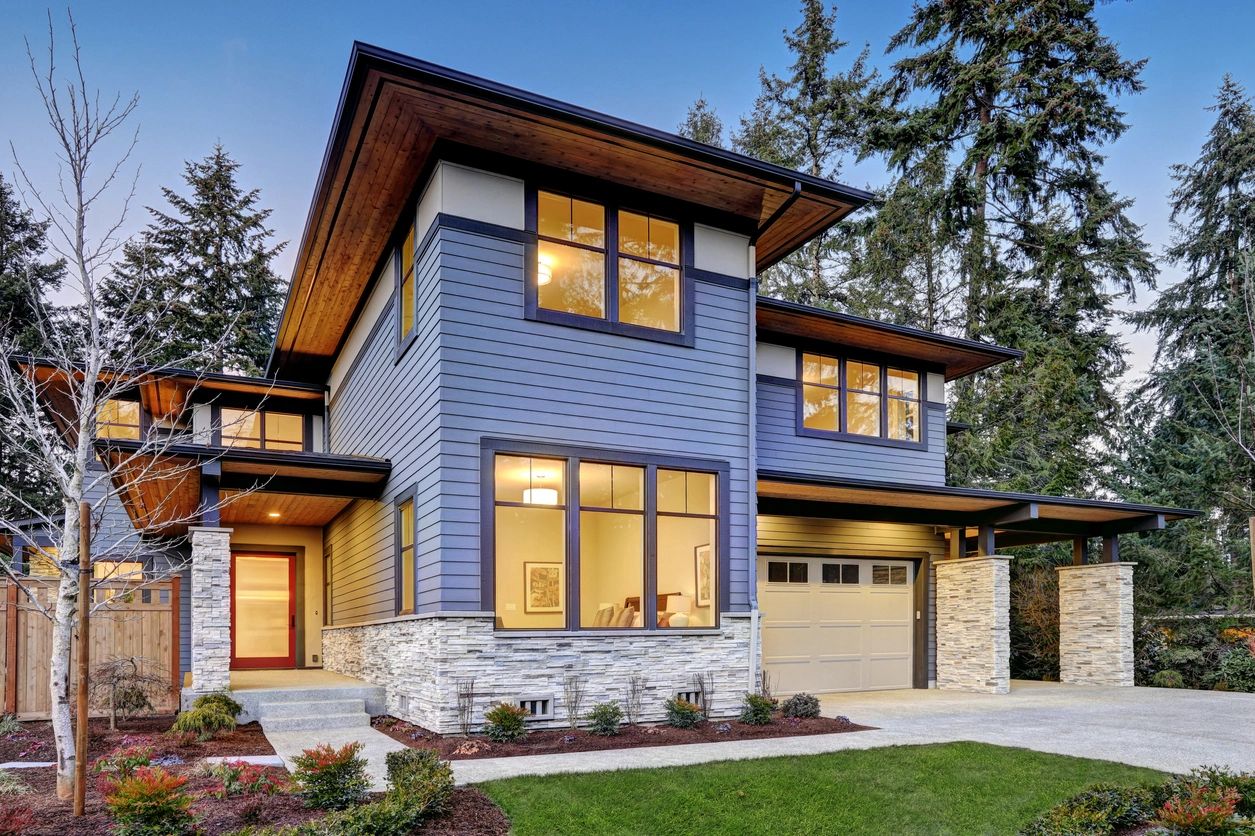
Will Building an ADU Subject Me to Rent and Eviction Controls?
Adding an Accessory Dwelling Unit (ADU) to your property is a great way to increase the value of your real estate. Not only does an ADU increase your property value, but the potential to add passive income through rentals has made ADUs an increasingly popular option for property owners in The Bay Area. But before you jump on the ADU bandwagon, it’s important to consider some of the ramifications of adding an ADU to your property. This includes not only a feasibility study, but also a consideration of the potential changes to rent and eviction controls that may apply to your new unit and current property.
Rent Controls
As California rents have increased sharply over recent years, so have the rules regarding how and when a property owner may increase rents. Depending on where your property is located and when it was built, you may be subject to either state or local rent control. Local rent control usually applies to properties that were issued a certificate of occupancy before a certain date. In San Francisco, for example, that date is June 13, 1979, while in Oakland, it is January 1, 1983.
State rent control, on the other hand, tends to cover those properties not covered by a local ordinance. In California, most single-family homes are exempt from any form of rent control under a 1995 state law called the Costa-Hawkins Rental Housing Act, as well as under the new statewide rent and eviction control law, AB 1482, effective, January 1, 2020. However, adding one or more ADUs to an existing single-family dwelling could potentially cause the primary dwelling to become subject to rent control.
While the primary dwelling may have formerly been exempt from rent control as a single-family home, there are now multiple units on the lot, thus, the primary house will likely become subject to state or local rent control if rented out. The newly constructed ADU, in this case, would be exempt from rent control for 15 years under a new construction exemption, but eventually, both units would likely fall under some form of rent control.
If the owners are the occupants of the primary house, they can currently build an ADU, knowing that it will be exempt from state rent control for at least 15 years. That said, the laws around rent control continue to expand to more and more properties, and it is not safe to assume that such exemptions will last forever.
For multi-family property owners, rent control is a much more familiar concept. If you have a building that is already subject to rent control, adding one or more new ADUs offers a way to get units that are exempt from rent control for a period of 15 years. When legalizing existing unpermitted units, rent control exemptions are usually not available if the unit has been rented out in the past, but it still gives you the assurance that you are renting out a legal unit with a certificate of occupancy.
Even with eventual rent control, the additional income from an ADU remains one of the best opportunities to add value to your property. While rent control laws can limit your future income potential, they don’t prevent you from raising the rent to market rates after a vacancy.
Eviction Controls
Eviction controls must also be taken into account when considering the addition of an ADU to your property. While one would hope that you never have to evict a tenant, it’s wise to be aware of the potential reasons that you may need to pursue eviction, especially if you will be living on the same property.
Just as with rent control, you may either be under state or local eviction controls depending on the location of your property and your certificate of occupancy date. Both state and local eviction controls are based on a list of “just causes for eviction,” which inform a property owner under which circumstances they are allowed to terminate a tenancy. The lists of just causes vary depending on your jurisdiction, but generally tend to be pretty similar. Just Cause for Eviction places the burden of proof on the landlord to prove their case on a defined number of reasons to evict.
In most jurisdictions, exemptions from eviction controls exist for single-family homes and newly constructed units, but again, adding an ADU to a single-family property usually changes this. One difference between rent control and eviction controls is that local jurisdictions have more leeway to use eviction controls. In cities with strong tenant protections like San Francisco and Oakland, many types of ADUs will not be exempt from eviction control, even if one of the units is owner-occupied. Single-family properties subject to state eviction control have a bit less constraint currently and are exempt from these controls if the owner resides on the property and rents no more than 2 units or bedrooms.
Conclusion
Adding an ADU to your property is a great investment, but does involve some of the complications of being a landlord. We highly suggest seeking advice from experienced professionals before making the decision to build an ADU. At Edrington and Associates, we can help you consider the pros and cons of adding an ADU, including rent and eviction control implications, before getting started with the building process. We offer decades of experience and knowledge with rent and eviction controls to our clients. Drop us a line today to schedule a FREE 15-minute consultation to see exactly how Edrington and Associates can help you!
